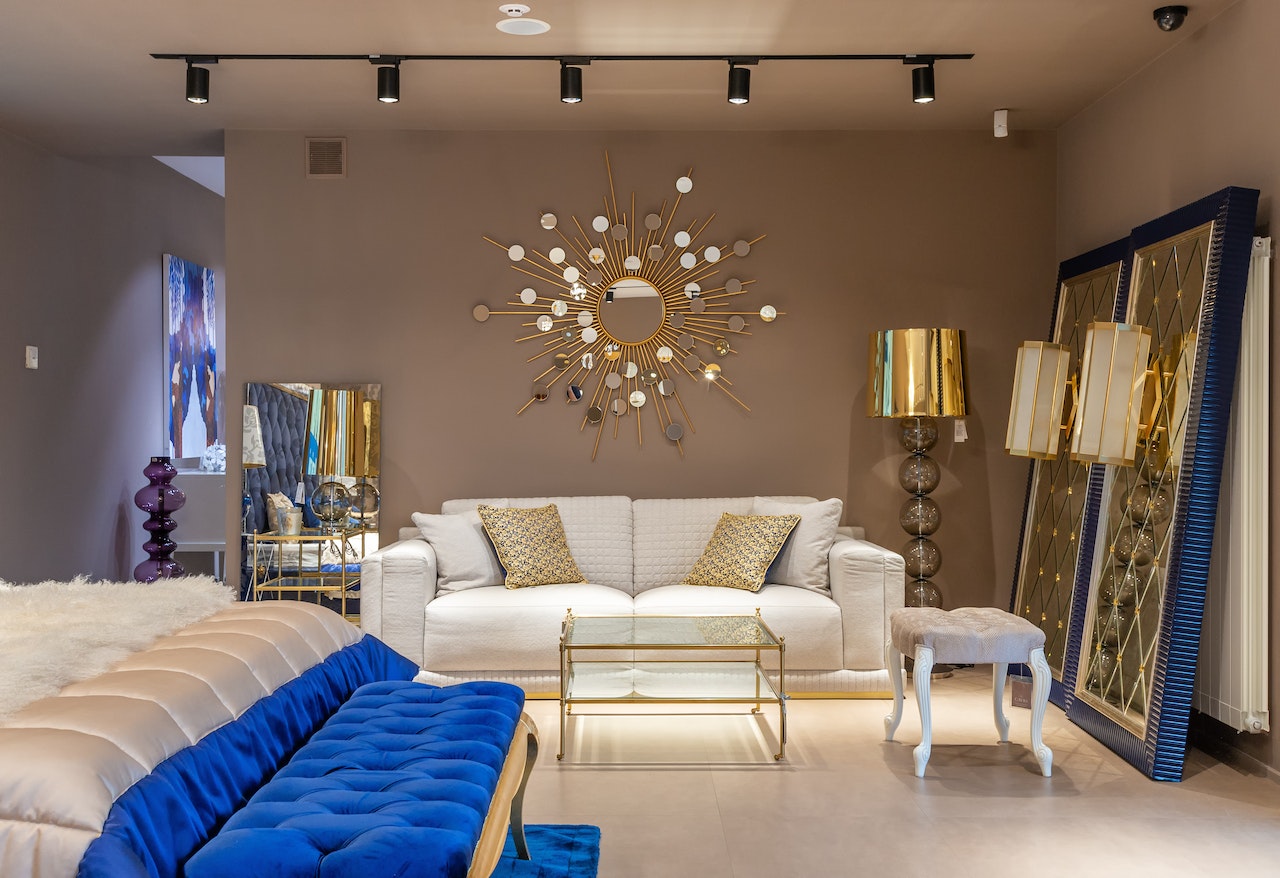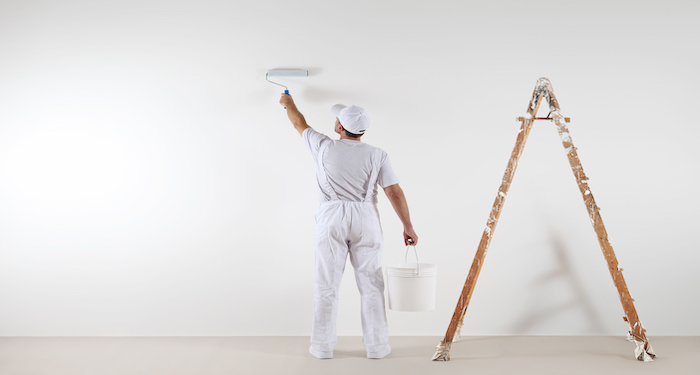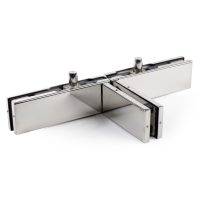Selecting the proper type of gym flooring is an important choice for athletes, fitness lovers, and gym owners alike. A gym’s general usability, safety, and aesthetics can all be strongly impacted by the type of flooring. Unique gym flooring materials have been more widely available in recent years, and each has pros and cons of its own. We’ll examine the benefits and drawbacks of a few of these unique gym flooring choices in this post.
Rubber Matting
Pros:
Rubber flooring’s adaptability and durability make it a popular option for gyms. It reduces the impact on joints during high-impact exercises thanks to its strong shock absorption capabilities. This makes it perfect for places where people exercise weights and where there are lots of cardiovascular activities. Furthermore, rubber flooring is hygienic and simple to maintain, making the gym a clean place.
Cons:
Rubber flooring has a higher initial cost than other materials, which is one of its drawbacks. In addition, the rubber smell tends to fade over time, but some find it overwhelming at first. Even though the rubber surface is resistant to most chemicals, some cleaning solutions might harm it, therefore proper maintenance is necessary.
Explore Best Gym Flooring: “Buy Gym Flooring Dubai By No.1 Online Floor Shop In UAE 2024“
Vinyl Floors
Pors:
Vinyl flooring is renowned for being both reasonably priced and adaptable. It is available in an array of hues and designs, enabling gym owners to personalize the design of their facility. Vinyl is a great material for spaces that are likely to see spills or high humidity because it is also moisture resistant. Installing it is not too difficult, and maintaining it is basic, merely needing routine cleaning to maintain its aesthetic appeal.
Cons:
Vinyl flooring can shred and scratch even though it is very durable, especially in high-traffic areas. The surface may need to be replaced on a regular basis due to damage from heavy machinery or sharp items. It is less suited for locations with continuous water exposure, like those next to swimming pools or saunas, even if it is moisture resistant. Prolonged exposure to water can still cause problems.
Cork Floors
Pros:
An environmentally friendly choice that has grown in favor recently is cork flooring. It offers a soft, pleasant surface, which makes it a great option for fitness centers and yoga studios. Furthermore, cork has inherent antibacterial properties that prevent the formation of mold and bacteria. Its superb insulating qualities against heat create a cozy gym’s temperature.
Cons:
Although cork is tough, it is not as long-lasting as vinyl or rubber. Activities with significant impact and heavy machinery might leave the surface damaged or etched. Cork is also prone to water damage, so places with high humidity or a lot of spills might not be the greatest places to use it. To maintain both its performance and look, regular maintenance is required.
Wooden Floors
Pors:
Wood flooring is typically chosen for dance studios or multifunctional rooms since it gives a gym a timeless and refined appearance. It is appropriate for a variety of workouts since it offers a stable and firm surface. Wood requires only routine sweeping and seldom polishing to stay in good shape. It is also reasonably simple to clean and maintain.
Cons:
The primary disadvantage of wood flooring is its moisture sensitivity. Water exposure can cause swelling, warping, or even the growth of mold. As such, it might not be the greatest option in places where there is a chance of spillage or extreme humidity. Additionally, wood flooring is more likely to have scratches and dents, so it needs to be used and maintained carefully.
Conclusion:
Making the proper choice for the gym flooring material requires giving considerable thought to the unique requirements and aesthetics of the gym area. It’s important to consider the benefits and downsides of each unique material in relation to the intended usage and budget. The option between the shock-absorbing properties of rubber, the adaptability of vinyl, the environmental benefits of cork, and the timeless charm of wood the gym flooring can have a big impact on how athletes and gym patrons feel about their entire experience.




